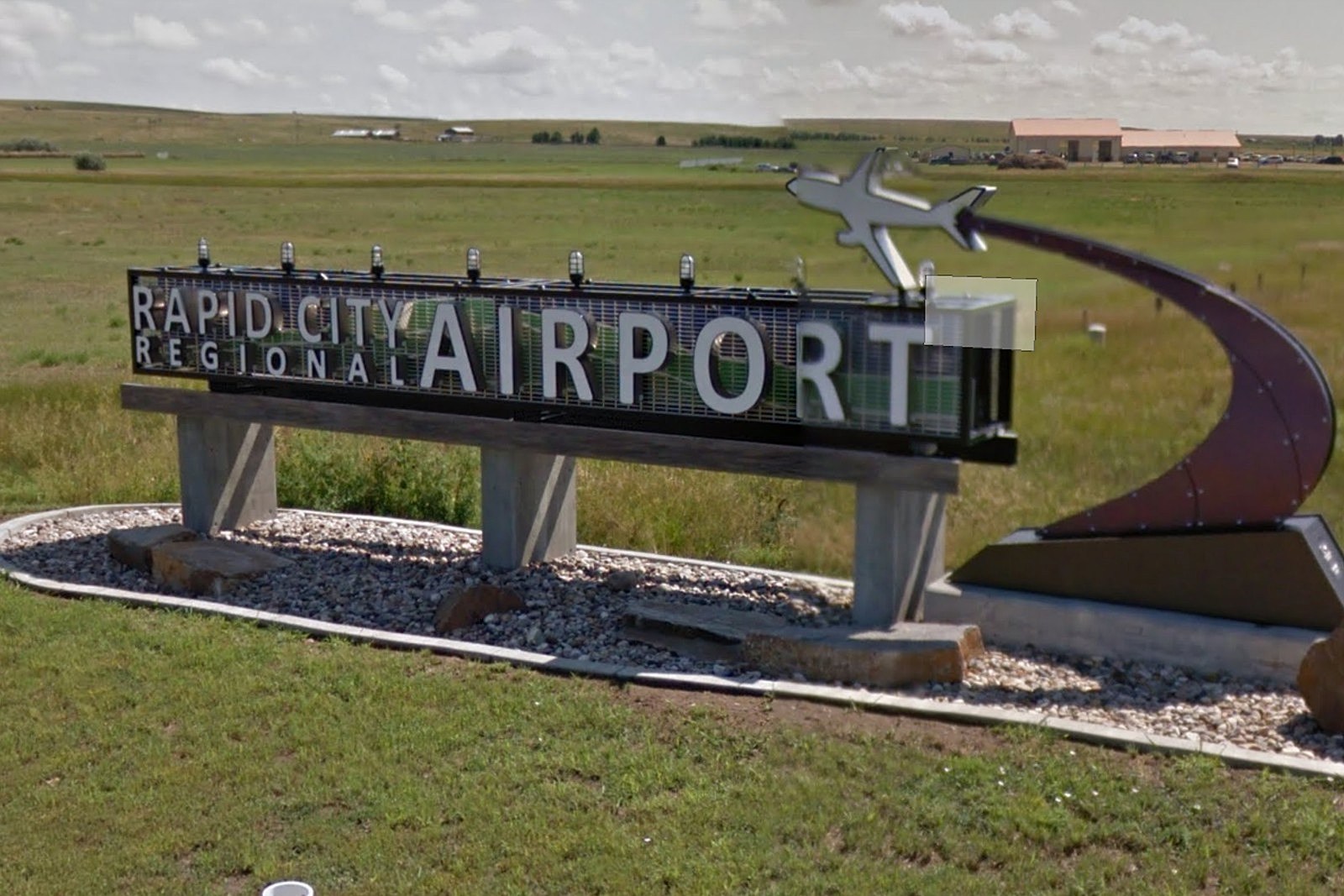

The pRe Check counter is located at Terminal 1. Passengers need to enroll online and need to pay an 85 USD service fee. TSA Pre Check – Each terminal at RAP has a dedicated TSA PreCheck facility.Refer to the airport website for the boarding cut-off and security times. Passengers are advised to check in 2 hours before a domestic flight and 3 hours before an international departure. Rapid City Regional Airport has separate security checkpoints for each of its five terminals. Distance from Downtown Rapid City – Approximately 10.5 miles.Let’s understand what facilities are open, what are new inclusions, and how you make the most of RAP airport – The pandemic’s aftereffects are still being felt in the hub, but most of the operations and services that were shut during the outbreak have resumed now. The annual BestPlaces Comfort Index for Rapid City is 7.0 (10=best), which means it is one of the most pleasant places in South Dakota.The Rapid City Regional Airport in Rapid City, also known by its airport code RAP, is always in progress, much like its home city. Summer High: the July high is around 85 degrees Winter Low: the January low is 14 Rain: averages 18 inches of rain a year Snow: averages 38 inches of snow a year BESTPLACES COMFORT INDEX In order for precipitation to be counted you have to get at least. Precipitation is rain, snow, sleet, or hail that falls to the ground. Rapid City gets some kind of precipitation, on average, 85 days per year. On average, there are 226 sunny days per year in Rapid City. The US average is 28 inches of snow per year. Rapid City averages 38 inches of snow per year. The US average is 38 inches of rain per year.

Rapid City, South Dakota gets 18 inches of rain, on average, per year. Winters are generally windy and cold in Rapid City, though occasional chinook winds can bring warmer temperatures for brief periods of time. During the summer months, temperatures often reach into the high 80s and low 90s Fahrenheit, while in the winter they can dip into the single digits and even below zero at times. Rapid City has a generally dry climate with an average of only 15 inches of precipitation annually. Rainfall tends to be low throughout the year, while snowfall is more common during the winter months. Rapid City, SD has a semi-arid climate with cold winters and warm summers.


 0 kommentar(er)
0 kommentar(er)
